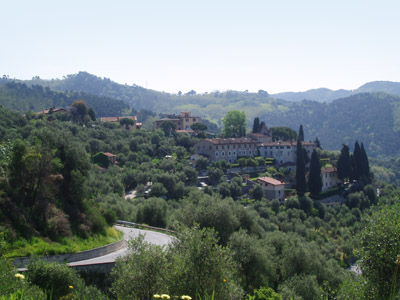
The Azienda Agricola Poggio Cappiano is a family-run farm in Ponte a Cappiano, just a few kilometres from Florence in the Tuscan countryside.
For many years now, our main efforts have concentrated on the production of extra-virgin olive oil from typical Tuscan olives from our own estate, particularly from the cultivar Madremignola, cultivar Mignola, and Frantoio, Leccino and Moraiolo varieties blend.
Our olive oil is sold directly on company premises and by shipping, in 0.1 litre, 0.25 litre, 0.5 litre and 0.75 litre bottles.
From harvest to packaging, every detail receives extreme care.
More information can be found in our web site, however please do not hesitate to contact us for any further information or for a quote, via e-mail: info@poggiocappiano.it
Web site: www.poggiocappiano.it




